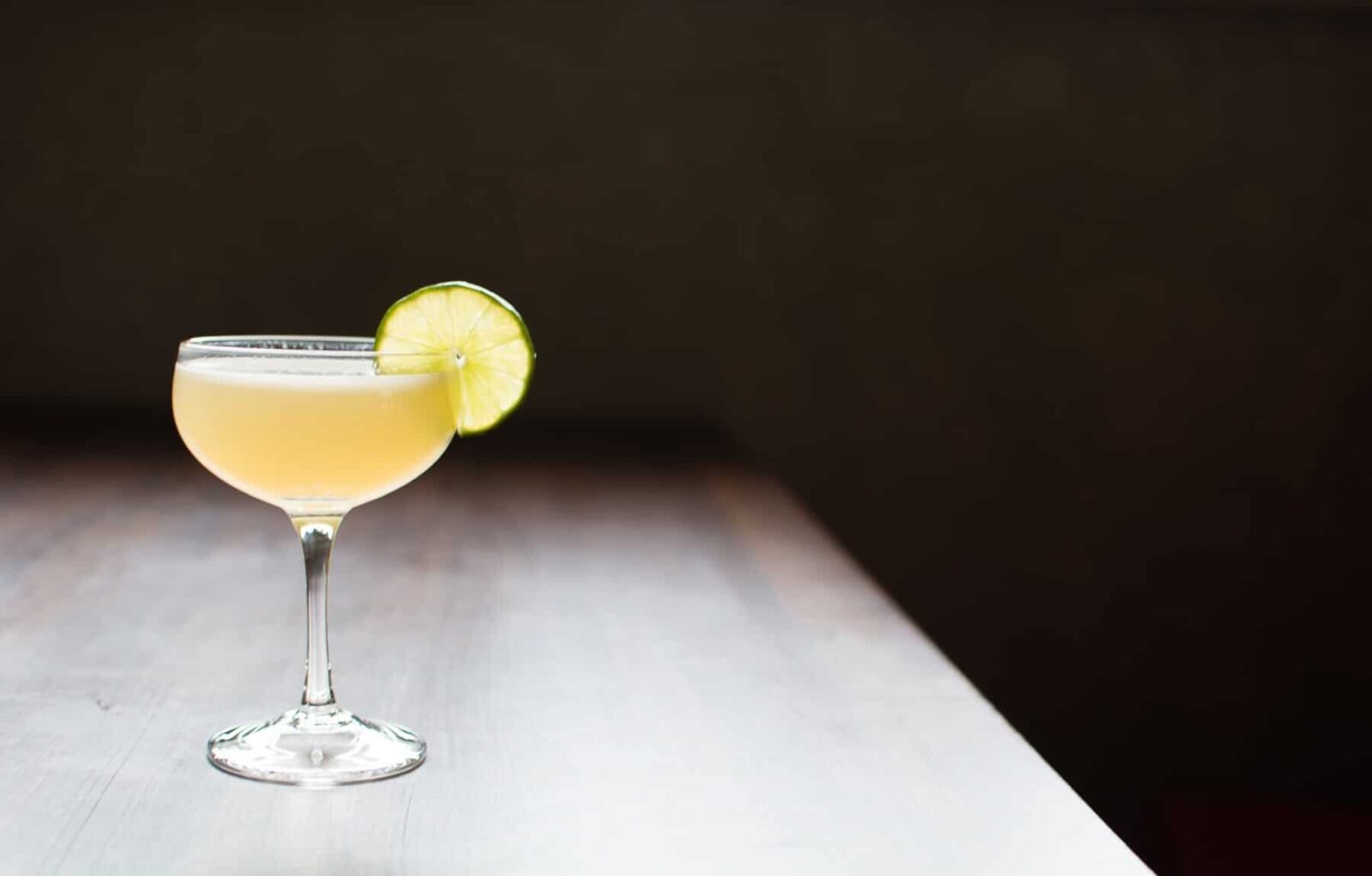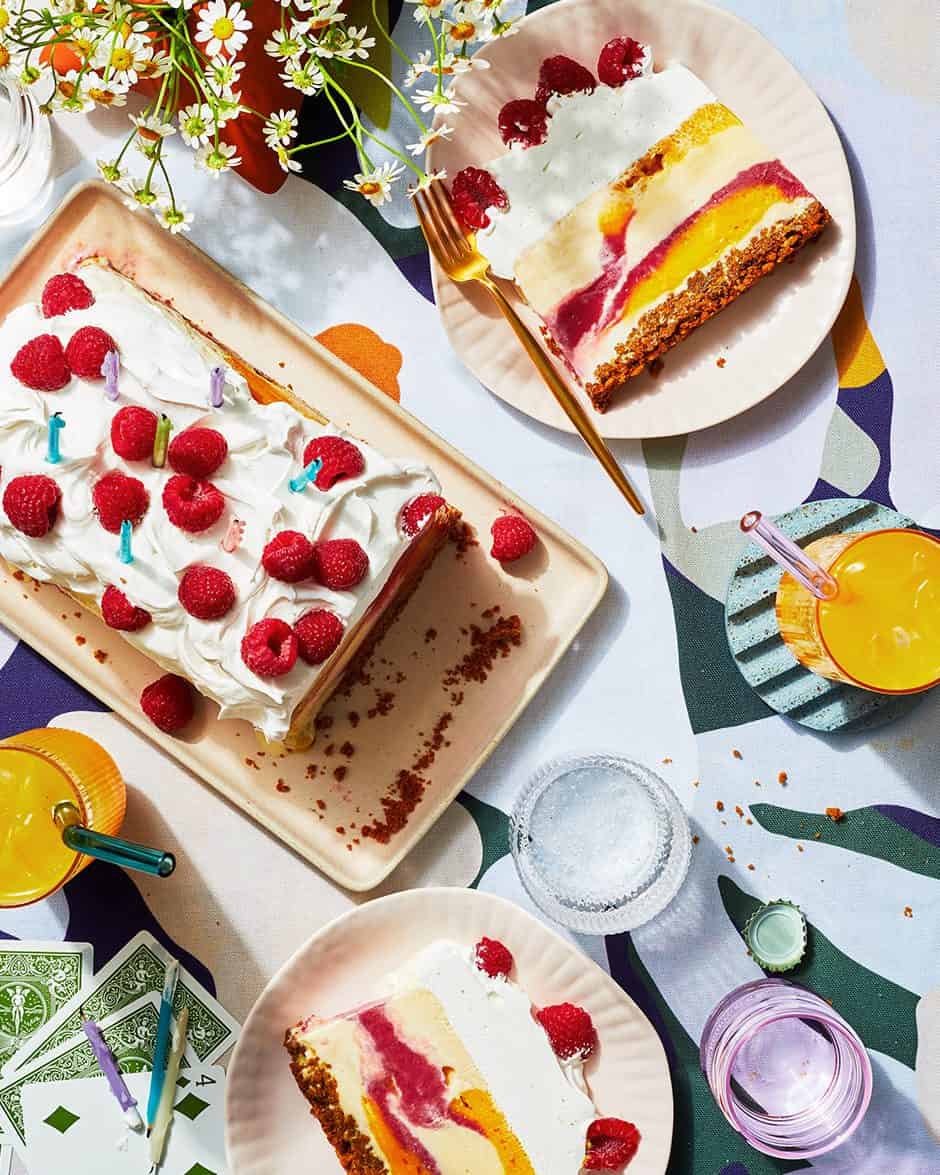Cocktail Companion: The Daiquiri
This simple drink has a surprisingly storied history.

The daiquiri, done right.PHOTO: CHARLES JOLY
At first glance, you may wonder why a professional bartender would give so much attention to the daiquiri. I’m going to ask you to bear with me for a moment and set aside any preconceptions you may have about this drink. The daiquiri itself cannot be blamed for falling victim to syrupy knockoffs or finding its way into churning slushy machines everywhere from Bourbon Street to Cancún. While these hangovers-in-oversize-novelty-cups may be what comes to mind when you think of the daiquiri, in the right hands and crafted with a bit of love, it is sheer bliss: a lovely refresher and session cocktail for any time of year. It is situated high on the list of cocktails I enjoy after a long shift serving guests.
The daiquiri’s roots lie in turn-of-the-century Cuba, where it was christened with an official name from a small town in the southeast of the island. The recipe would be imported into the United States in the early 1900s by an American officer, and it welcomed countless parched Americans to Havana during Prohibition. Ernest Hemingway found a chilled companion in this mixture, though the two perhaps became a bit too well acquainted. The bar where he most famously enjoyed them, La Floridita, still stands today, complete with a full-size statue holding down his favorite spot on the rail. I’ve had the honor of stepping behind this very bar to make daiquiris alongside the local cantineros, who deftly serve the throngs of tourists stopping by.
“So what’s in the glass? Three simple ingredients: quality rum, fresh lime juice, and sugar. Bartenders lovingly refer to this as the holy trinity.”
Some decades ago, La Floridita transitioned to blenders to keep up with the steady flow of patrons. I prefer them shaken, the way legendary Cuban barman Constantino may have done when he helmed the bar in the first half of the 20th century. I fondly recall shaking daiquiris in his honor beside the ornate memorial where he rests eternal in Havana. This moment with close friends, led by living legend Julio Cabrera, shows that a cocktail is much more than liquid in a glass. It’s the perfect vessel for celebrating, cooling off, and creating new memories.
So what’s in the glass? Three simple ingredients: quality rum, fresh lime juice, and sugar. Bartenders lovingly refer to this as the holy trinity. It’s the cornerstone of so many cocktails: Ti’ punch from Martinique and the French islands; Brazil’s national libation, the caipirinha, and its close relatives the mojito, swizzle, and Planter’s Punch; and countless others all begin with rum, lime, and sugar. When balanced properly, you have a harmony of bright, lively citrus, a hint of sweetness, and the spirited character of whatever rum you choose to mix with.
Speaking of rum: The foundation of the daiquiri is also worth taking a moment to discuss. The cocktail’s reputation has not been helped by the glut of rums stained with laboratory-created flavors, watered-down bottlings, and cheesy marketing. Fortunately, there are countless quality offerings on liquor store shelves waiting for you to discover them. They can be light and crisp, like the white rums of Puerto Rico and Cuba; funky and bold, like some from Jamaica and Haiti; grassy and vegetal, like the agricole expressions from the French-Caribbean islands; or long-aged, warming, and broad-shouldered—with some styles spending more than 20 years in former bourbon, cognac, and sherry barrels. In the wake of the craft cocktail movement, dozens of proper rum and tiki bars have opened around the world. One of my locals in Chicago, Lost Lake, was recently named Best American Cocktail Bar at the foremost awards ceremony in the industry.
The lesson here: There is truly a rum for everyone. (And yes, there are even a handful of respectable flavored rums on the market.) So get out there, find a great bartender, and order a proper, classic daiquiri! A word of caution, though: Side effects may include becoming part pirate—an accusation I’ve accepted with a smile on many occasions.
Learn more about Charles Joly’s world-recognized bartending skills here and follow his spirited adventures on Instagram.





